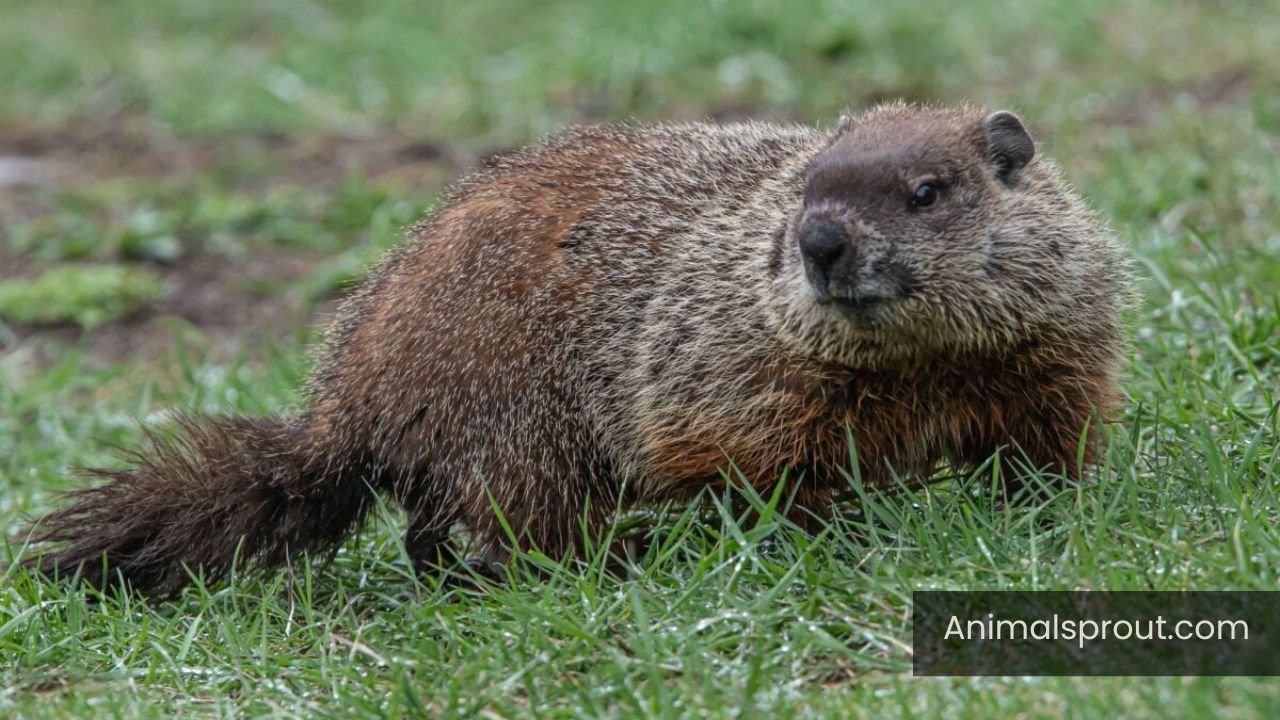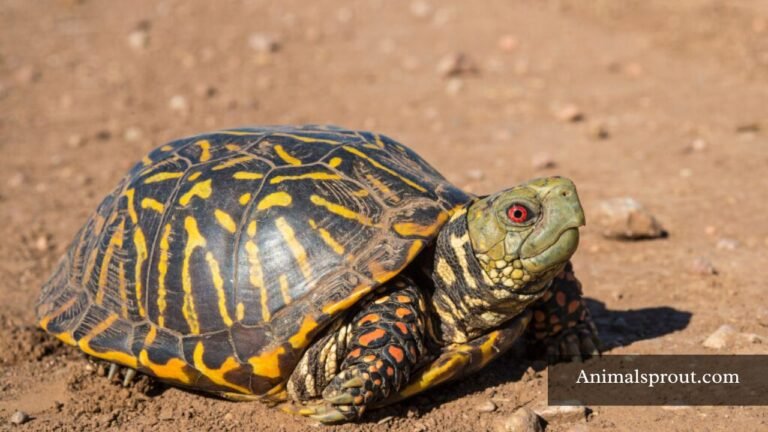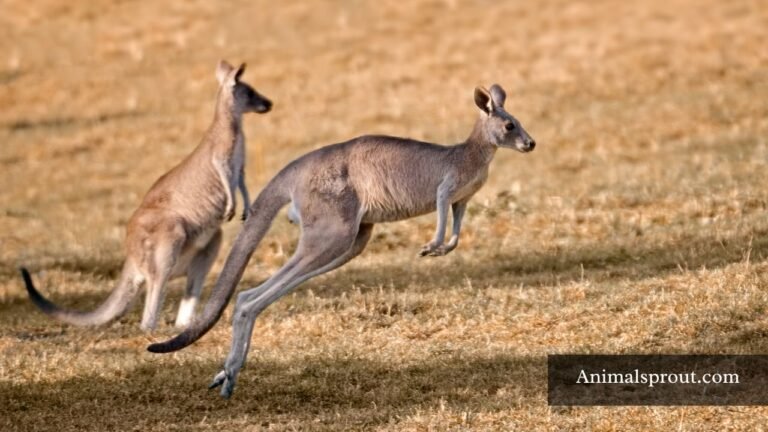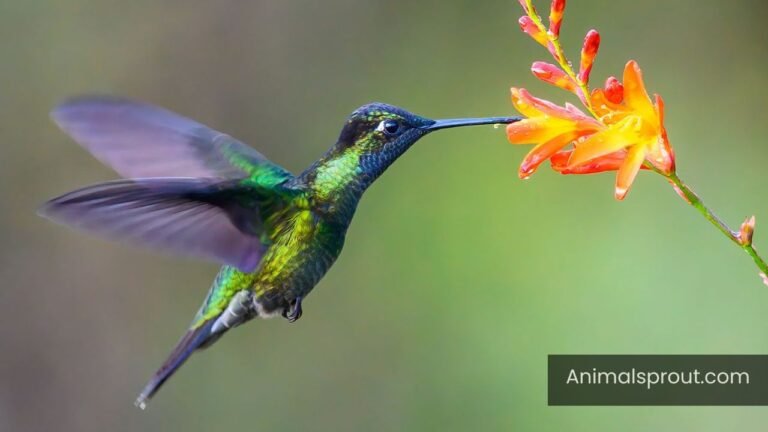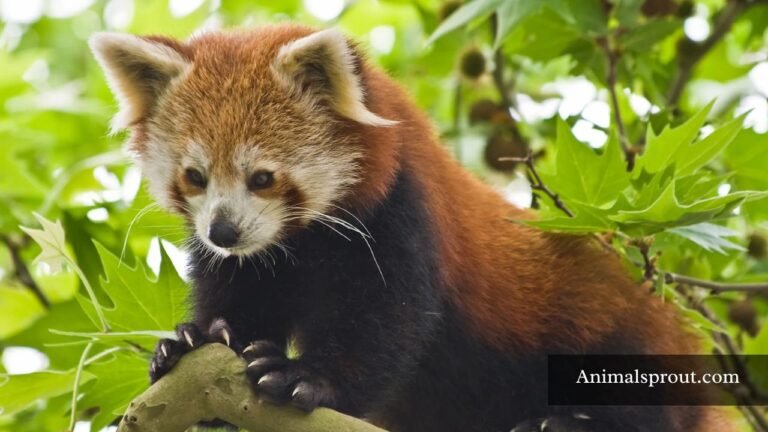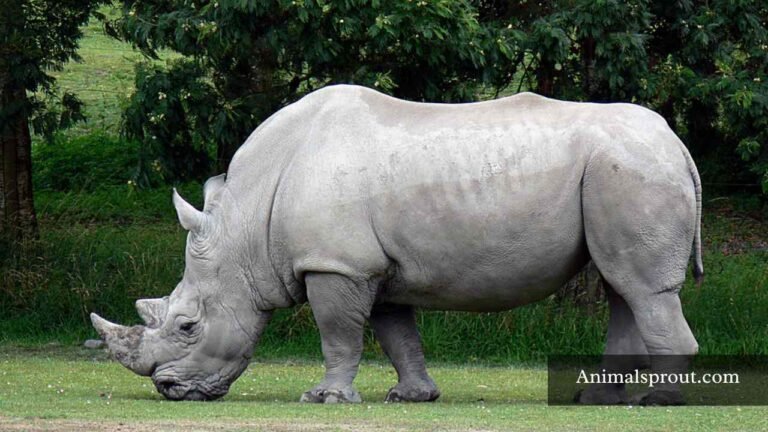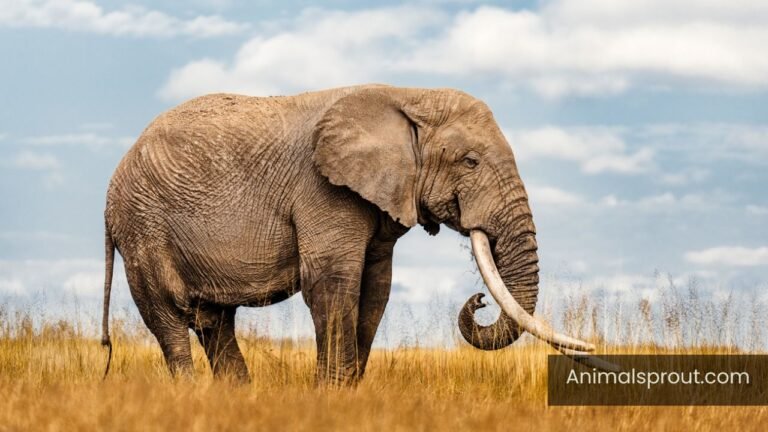Top 18 Most Annoying Animals In The World (With Pictures)
In this article, we’ll dive into the Most Annoying Animals In The World, exploring the creatures that test our patience and drive us to distraction. Understanding these pesky critters not only brings a touch of humor to our lives but also highlights the quirks of nature. Prepare to discover the reasons behind their annoying behaviors and find out which ones top the list!
List Of Most Annoying Animals In The World
Here is the list of animals that are annoying:
- Cats
- Owls
- Pigeons
- Raccoons
- Skunks
- Ticks
- Rats
- The Fox
- Seagull
- Monkeys
- Squirrels
- Groundhog
- Untrained Dogs
- Mice
- Gnats
- Flies
- Mosquitoes
- Wild Boar
Cats
Scientific Name: Felis catus
Class: Mammalia
Diet: Carnivorous
Cats have mastered the art of annoyance, often leaving their humans in a state of bemusement. Picture this: you’re deep into a work project, and suddenly, your feline friend decides that your keyboard is the perfect nap spot. As they sprawl across your laptop, they not only obstruct your screen but also manage to send out an accidental email, leaving you to explain to your boss why a random string of letters just went out at 3 a.m.

Then there’s the classic midnight zoomies. Just when you think you’ve finally drifted off into dreamland, your cat transforms into a furry racecar, tearing through the house like a tiny tornado. The sound of claws skidding on hardwood floors is enough to shatter any peaceful slumber. Yet, amidst all this chaos, it’s hard not to chuckle at their antics. It’s as if they know exactly how to push our buttons while simultaneously wrapping us around their little paws.
Owls
Scientific Name: Strigiformes
Class: Aves
Diet: Carnivorous
Owls, often revered for their wisdom, can also be surprisingly annoying. Their hooting, while poetic in the stillness of the night, can disrupt sleep like an unwelcome party guest. Imagine trying to enjoy a peaceful evening only to be serenaded by the relentless calls of these nocturnal birds. It’s as if they have a secret pact to keep the world awake, one eerie sound at a time.
Moreover, their hunting habits add another layer of annoyance. Owls are masters of stealth, but when they swoop down for a snack, they sometimes leave behind a mess that nature enthusiasts would prefer to avoid. The remnants of their feasts—bones and feathers—can litter backyards and gardens, reminding homeowners that nature has its own way of asserting dominance. While we admire their ability to control rodent populations, it’s hard to ignore the less-than-charming side effects of their predatory prowess. In the grand tapestry of wildlife, owls may play a crucial role, but they certainly know how to ruffle a few feathers along the way.
Pigeons
Scientific Name: columbidae
Class: Aves
Diet: Herbivorous
Pigeons, often dubbed “sky rats,” have earned a reputation as one of the most annoying animals in urban environments. Their persistent cooing and relentless scavenging can drive even the most patient city dweller to distraction. Yet, this ubiquitous avian presence invites us to reconsider our perspective on these seemingly bothersome birds. With their uncanny ability to adapt, pigeons thrive in bustling cityscapes, transforming from mere nuisances into fascinating examples of resilience and ingenuity.

Beyond their reputation, pigeons are remarkable creatures with an impressive array of skills. Did you know they possess an extraordinary homing ability that has been harnessed for centuries? Historically, these birds have served as messengers, delivering vital information across great distances. Moreover, their intelligence is often underestimated; studies show that pigeons can recognize themselves in mirrors and even learn complex tasks, proving they are more than just a feathered annoyance.
Readmore: Top 19 Most Dirtiest Animals In The World.
Raccoons
Scientific Name: Procyon lotor
Class: Mammalia
Diet: Omnivorous
Raccoons are often seen as the mischievous bandits of the animal kingdom, their masked faces and nimble paws lending them a reputation for cleverness that can be both endearing and exasperating. These nocturnal critters have a knack for getting into places they don’t belong, turning trash cans into their personal buffets and leaving a trail of chaos in their wake. What many might not realize, however, is that their intelligence rivals that of some primates, making them not just annoying but also fascinating. Their dexterous hands can manipulate locks and latches, which explains why they seem to have a sixth sense for finding food—whether it’s your backyard grill or a poorly secured garbage bin.
Beyond their thieving tendencies, raccoons also bring an element of unpredictability to suburban life. Their playful antics, like tumbling over each other in a backyard or performing acrobatics to reach bird feeders, can quickly shift from charming to frustrating when they decide to invade your space. Moreover, they are notorious for being carriers of diseases such as rabies and raccoon roundworm, adding an extra layer of annoyance for homeowners concerned about health risks. While they may be cute with their fluffy tails and inquisitive eyes, it’s easy to see why many regard them as pests—especially when they leave behind a mess and a lingering odor that takes weeks to dissipate.
Skunks
Scientific Name: Mephitidae
Class: Mammalia
Diet: Omnivorous
Skunks are often unfairly maligned as merely the smelly bandits of the animal kingdom, but their unique adaptations and behaviors paint a more complex picture. While their notorious spray is a defense mechanism that can deter even the most determined predators, it’s also a fascinating evolutionary trait. The pungent liquid, composed of sulfur-containing compounds, is not just a deterrent; it serves as a warning system for other animals, showcasing nature’s intricate balance between survival and communication.
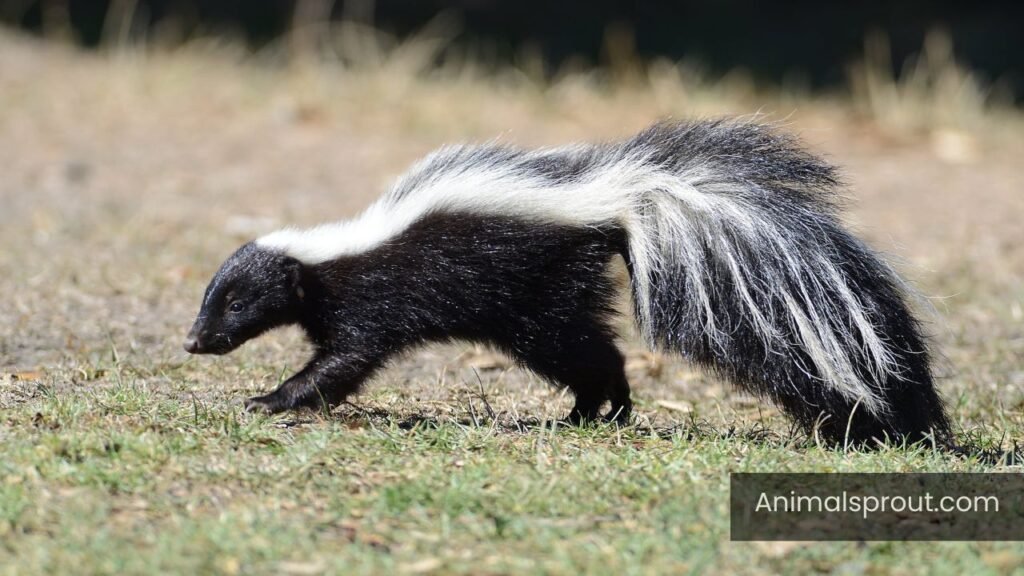
Beyond their infamous odor, skunks are surprisingly resourceful and intelligent creatures. They have an exceptional sense of smell and can navigate various environments with ease, often rummaging through gardens and trash cans in search of food. Their adaptability to urban settings highlights their cleverness; they’ve learned to coexist with humans, albeit sometimes at the expense of our noses. Instead of viewing them solely as pests, we might consider skunks as unintentional eco-warriors, helping to control insect populations and cleaning up carrion, thereby playing a crucial role in maintaining local ecosystems.
Ticks
Scientific Name: Ixodida
Class: Arachnida
Diet: Parasitic
Ticks, the unsung villains of the animal kingdom, are often overlooked in discussions about annoying creatures, but their impact on human and animal health is profound. These tiny arachnids can be found lurking in tall grass and dense foliage, patiently waiting to latch onto unsuspecting hosts. Their stealthy approach makes them particularly insidious; unlike larger pests, ticks are almost invisible until it’s too late. As they feed on blood, they not only cause irritation but also serve as vectors for a host of diseases, including Lyme disease and Rocky Mountain spotted fever, which can lead to severe health complications.
What makes ticks especially fascinating—and frustrating—is their lifecycle. They go through several stages, each one requiring a blood meal to progress, which means that a single tick can lay thousands of eggs over its lifetime, perpetuating the cycle of annoyance and danger. Furthermore, their ability to survive in various environments, from dense forests to urban parks, shows how adaptable these little nuisances can be. While most animals have a natural defense mechanism against them, humans remain vulnerable without proper precautions. This highlights the importance of awareness and prevention strategies, such as using repellents or wearing protective clothing when venturing into tick-prone areas.
Readmore: Top 15 Animals without legs In The World.
Rats
Scientific Name: Rattus
Class: Mammalia
Diet: Omnivorous
Rats often evoke a visceral reaction, embodying the quintessential nuisance that haunts urban environments. However, these clever creatures possess a remarkable adaptability that allows them to thrive in almost any habitat. Beyond their reputation as pests, rats exhibit complex social structures and can even form deep bonds with each other, showcasing a level of intelligence that many overlook. Their remarkable problem-solving abilities have been documented in numerous studies, where they’ve demonstrated skills in navigating mazes and understanding cause-and-effect scenarios.

Yet, the real annoyance lies not just in their presence but in the unexpected consequences they bring to human health and infrastructure. As carriers of diseases like leptospirosis and hantavirus, rats can jeopardize public health, leading to costly pest control measures and property damage. Additionally, their incessant gnawing can wreak havoc on electrical wiring and insulation, presenting fire hazards that go beyond mere inconvenience. In this light, while rats may be considered annoying, they serve as a stark reminder of the delicate balance between urban living and the natural world.
Fox
Scientific Name: Vulpes
Class: Mammalia
Diet: Omnivorous
Foxes, with their cunning demeanor and playful antics, can easily be labeled as one of the most annoying animals in the wild. These clever creatures have an uncanny ability to outsmart both humans and other animals alike, often stealing food from unsuspecting picnics or raiding gardens for a midnight snack. Their adaptability to urban environments only amplifies their nuisance factor, as they thrive in cities where they scavenge for scraps and leave a trail of chaos in their wake.
But it’s not just their mischievous behavior that grates on the nerves; it’s also their vocalizations. The eerie screams and barks of foxes at night can send shivers down your spine, disrupting the tranquility of a peaceful evening. While some may find their calls charming, many others view them as an unwelcome reminder of these wily intruders.
Readmore: Explore Top 19 Animals That Are Like Foxes.
Seagull
Scientific Name: Larinae
Class: Aves
Diet: Omnivorous
Seagulls, with their raucous calls and relentless scavenging, have earned a notorious reputation as some of the most annoying animals around. Picture yourself enjoying a sunny day at the beach, only to have a seagull swoop down, eyeing your sandwich with an intensity that can rival a seasoned thief. These feathered bandits are not just opportunistic; they have mastered the art of urban foraging, which often puts them at odds with unsuspecting beachgoers and picnickers alike. Their brazen antics—stealing food right from your hand or diving unexpectedly—can turn a peaceful outing into a chaotic chase.

Yet, beneath their seemingly obnoxious behavior lies a fascinating adaptability that speaks to their survival instincts. Seagulls have evolved to thrive in diverse environments, from coastal cliffs to bustling city streets, showcasing their remarkable ability to exploit human habits. They are social creatures, often seen squabbling over food in large groups, which can be both amusing and irritating. This communal behavior not only highlights their intelligence but also raises questions about our relationship with nature—are we unwittingly encouraging their intrusive habits by leaving food scraps behind? In this dance between humans and seagulls, one can’t help but appreciate the resilience of these birds, even as we roll our eyes at their persistent presence.
Monkeys
Class: Mammalia
Diet: Omnivorous
Monkeys are often celebrated for their intelligence and social structures, but their antics can also veer into the realm of annoyance. Picture a troop of macaques skillfully navigating urban landscapes, raiding picnic baskets, and snatching sunglasses right off unsuspecting tourists’ faces. Their cunning nature and playful mischief can quickly turn a serene afternoon into a chaotic chase, leaving humans feeling more like prey than observers. This ability to disrupt our daily lives is not just a testament to their adaptability; it highlights the fine line between admiration and exasperation in our interactions with wildlife.
Moreover, monkeys possess an uncanny knack for mimicking human behavior, which can be both entertaining and irritating. They can pick up on our habits, from stealing food to imitating our laughter—actions that blur the boundaries of species and create unexpected moments of connection. Yet, this mimicry often leads to frustration as they exploit human weaknesses with a mischievous glint in their eyes. The blend of charm and chaos that monkeys exude serves as a reminder of nature’s unpredictable spirit, leaving us both amused and exasperated by these clever creatures.
Squirrels
Scientific Name: Sciuridae
Class: Mammalia
Diet: Omnivorous
Squirrels, with their bushy tails and acrobatic antics, often charm us with their playful nature. However, this charm quickly turns into irritation when they invade our gardens or raiding bird feeders with relentless determination. These furry little thieves possess an uncanny ability to outsmart even the most elaborate defenses we set up. Their agility and intelligence are remarkable; a squirrel can leap up to ten times its body length, making them expert escape artists when caught in the act.
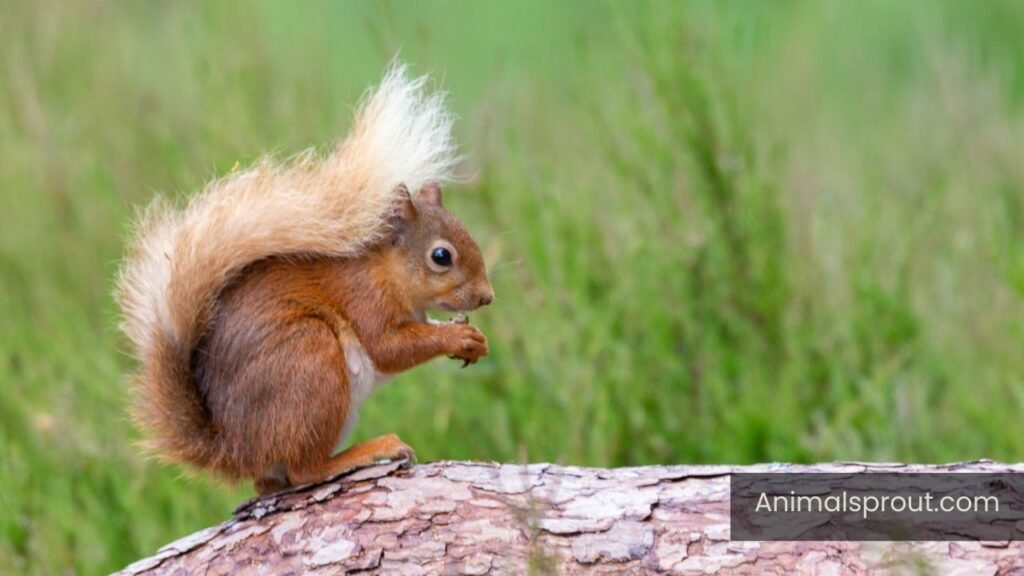
Beyond their mischief, squirrels have a fascinating role in our ecosystems. As they scurry about burying nuts, they inadvertently plant trees, contributing to forest regeneration. Yet, this beneficial behavior can feel like salt in the wound when they dig up your prized plants or leave behind a trail of chewed wires in attics.
Readmore: Top 10 Down Syndrome Animals In The World.
Groundhog
Scientific Name: Marmota monax
Class: Mammalia
Diet: Herbivorous
Groundhogs, often affectionately dubbed “woodchucks,” can be surprisingly vexing for homeowners and gardeners alike. These furry creatures are notorious for their burrowing habits, which can wreak havoc on lawns and gardens, leaving behind unsightly holes and a trail of destruction. Their insatiable appetite for fresh vegetables makes them a formidable foe in the battle for homegrown produce. Just when you think you’ve outsmarted them, they seem to pop up out of nowhere, munching on your prized tomatoes or tender lettuce, leaving you feeling defeated.
But beyond their garden-raiding antics, groundhogs are fascinating in their own right. As skilled diggers, they create extensive underground tunnels that serve as homes and refuge from predators. This subterranean lifestyle not only protects them but also aerates the soil, contributing to the ecosystem in unexpected ways. While they may be an annoyance to some, it’s worth acknowledging their role in nature; they provide food for various predators and help maintain soil health.
Untrained Dogs
Scientific Name: Canis lupus familiaris
Class: Mammalia
Diet: Omnivorous
Untrained dogs can be a source of endless frustration, turning a simple walk into a chaotic adventure. Picture this: a dog lunging at every passerby, barking wildly at the wind, and dragging its owner in every direction but home. The lack of training not only tests the patience of pet owners but can also disrupt the peace of neighborhoods. It’s a reminder that while dogs are often seen as loving companions, they can also embody chaos in their unfiltered enthusiasm.

But let’s consider the other side—untrained dogs often exhibit raw, unrestrained joy that can be infectious. Their wild antics may annoy some, but for others, they serve as a reminder of the simpler pleasures in life. Watching an untrained dog chase its tail or roll in the grass can spark laughter and lighten the mood. These moments highlight the importance of balance; while training is essential for harmony, embracing a bit of that untamed spirit can remind us to enjoy life’s unpredictability.
Mice
Scientific Name: Mus musculus
Class: Mammalia
Diet: Omnivorous
Mice may be small, but their impact on our lives can feel monumental. Often viewed as mere pests, they are clever little creatures that can slip through the tiniest cracks, leaving behind a trail of frustration. Their nocturnal habits mean they scurry about when most of us are asleep, turning our peaceful nights into symphonies of rustling and scratching. Imagine waking up to find your favorite snack pilfered or your meticulously organized pantry turned into a chaotic playground.
Yet, there’s a peculiar charm to these critters. Mice are resourceful problem solvers, exhibiting remarkable intelligence that belies their size. They can navigate complex mazes and remember pathways, showcasing an adaptability that many larger animals lack.
Gnats
Class: Insecta
Gnats are the tiny tyrants of the insect world, often mistaken for mere nuisances. These minuscule pests possess a remarkable ability to infiltrate our outdoor gatherings, buzzing around our faces and food with relentless determination. Their size belies their impact; a swarm can turn a serene picnic into a maddening retreat. It’s fascinating how something so small can evoke such primal irritation, reminding us of nature’s knack for creating chaos in the most unsuspecting forms.

But gnats aren’t just annoying; they play an essential role in the ecosystem. They serve as pollinators and a food source for various birds and other insects. They thrive in damp environments, so any outdoor gathering near standing water is basically an open invitation for these uninvited guests.
Readmore: Explore Top 18 Scavenger Animals In The World.
Flies
Scientific Name: Musca domestica
Class: Insecta
Diet: Omnivorous
Flies, those tiny winged nuisances, have perfected the art of irritation. With their rapid movements and incessant buzzing, they invade our personal space, turning a peaceful afternoon into an exercise in frustration. Beyond their annoying presence, flies are masterful survivors. Their ability to reproduce at astonishing rates means that one pesky fly can quickly multiply into an army, ready to disrupt your picnic or ruin your kitchen.
But let’s not overlook their ecological role. Flies, particularly the common housefly, are integral to breaking down organic matter. They help decompose waste and recycle nutrients back into the ecosystem. This duality makes them both loathsome and essential; while we swat them away in disgust, they’re quietly performing a vital service.
Mosquitoes
Scientific Name: Culicidae
Class: Insecta
Diet:
Males: Herbivorous
Females: Parasitic
Mosquitoes are often regarded as the ultimate party crashers of the animal kingdom. These tiny, winged nuisances possess an unparalleled ability to infiltrate outdoor gatherings, ruining picnics and barbecues in a matter of minutes. While their buzzing is enough to send shivers down anyone’s spine, it’s the relentless itching from their bites that truly leaves a lasting impression. Surprisingly, these creatures are not just mindless pests; they are highly selective, attracted to certain individuals based on unique scents, body heat, and even carbon dioxide output. This means that while some bask in the sun unscathed, others become the unwitting buffet for these bloodsuckers.

Beyond their annoyance, mosquitoes play a significant role in the ecosystem, serving as both pollinators and prey for various species. However, their dual identity as vectors for diseases like malaria and dengue fever casts a long shadow over their existence. Interestingly, not all mosquitoes bite humans. In fact, only female mosquitoes need blood for their eggs, while males feast on nectar.
Wild Boar
Scientific Name: Sus scrofa
Class: Mammalia
Diet: Omnivorous
Wild boars are the epitome of nature’s stubbornness. With their bristly fur and formidable tusks, these creatures embody a mix of mischief and menace. They’re not just a nuisance for farmers, raiding crops and turning serene landscapes into muddy battlegrounds; they also have an uncanny ability to thrive in urban settings. Imagine waking up to find your garden transformed into a war zone overnight, thanks to these determined diggers.
What makes wild boars particularly frustrating is their intelligence. They adapt quickly, learning to avoid traps and human intervention. Their social nature means they often travel in groups, making them a persistent problem rather than an isolated inconvenience.
Readore: Explore Interesting Top 20 Animals With Small Ears.
Final Words
The most annoying animals in the world serve as a reminder of the diverse range of personalities found in the animal kingdom. Whether it’s the persistent meowing of a demanding cat or the disruptive antics of squirrels raiding bird feeders, these creatures can certainly test our limits. Yet, their quirks often highlight the complexity of animal behavior and our interactions with them. Embracing the humor in these frustrating moments can lead to a more enjoyable coexistence.
FAQs
What is the most annoying animal in the world?
The most annoying animal in the world is often considered to be the mosquito. These tiny insects are notorious for their ability to disrupt our peaceful moments, especially during warm evenings outdoors. Their incessant buzzing and tendency to bite can lead to itchy welts, sleepless nights, and even serious health concerns as they can transmit diseases like malaria and dengue fever. The combination of their stealthy approach and the discomfort they cause makes them a top contender for the title of the most annoying animal.
What animal is loud and annoying?
One animal that is often considered loud and annoying is the common house cat, especially when it comes to their vocalizations during mating season. While many people adore the soft purring of cats, their yowling can be quite disruptive, especially at night. This vocalization serves a purpose in attracting mates, but it can leave owners frustrated and sleep-deprived.

